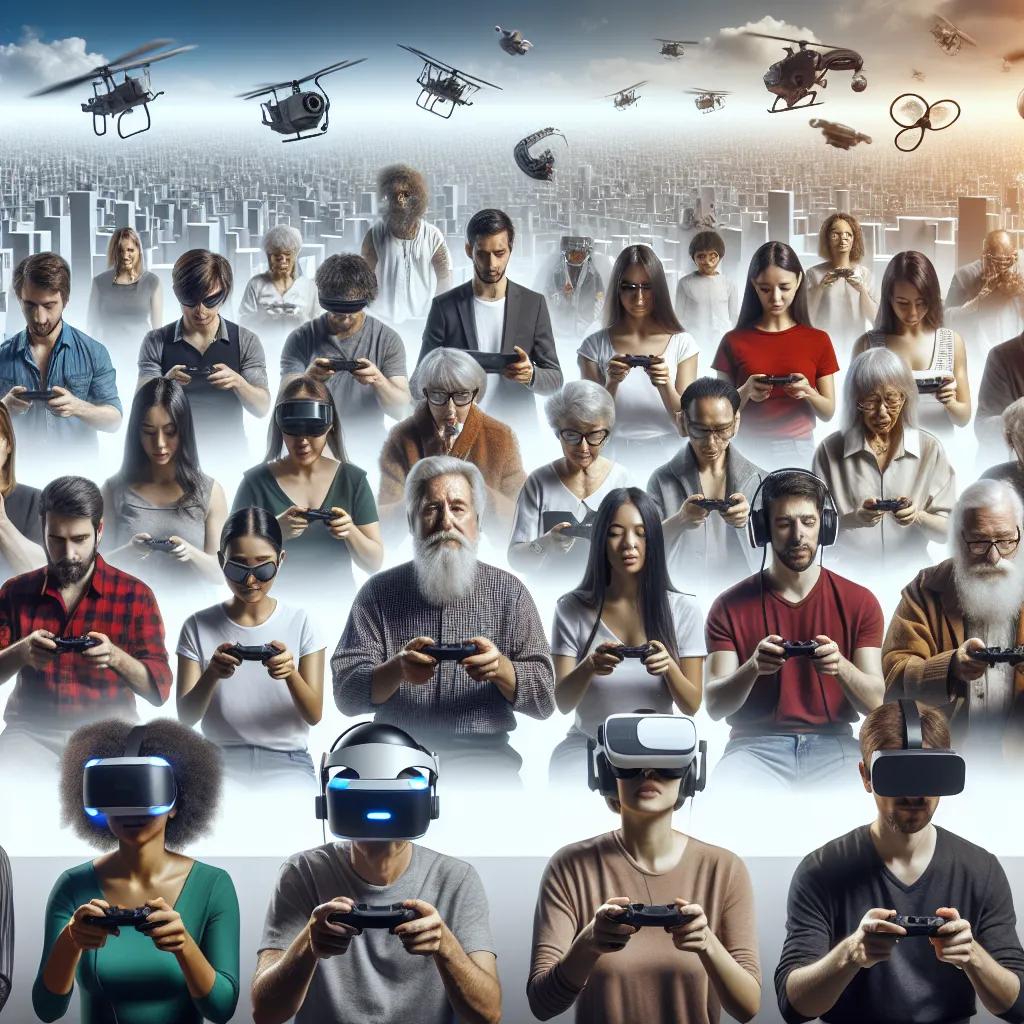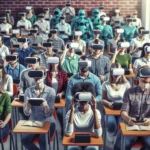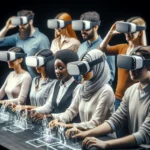The Evolution of Virtual Reality Technology
Virtual reality (VR) has evolved rapidly over the past few years, transforming from a niche technology to a mainstream form of entertainment and communication. The evolution of virtual reality technology has been driven by advancements in hardware, software, and content creation, making VR experiences more immersive and accessible than ever before.
One of the key drivers of VR technology evolution has been the development of more powerful and affordable hardware. High-resolution displays, faster refresh rates, and improved motion-tracking systems have all contributed to creating more realistic and engaging virtual environments. Additionally, the introduction of standalone VR headsets has removed the need for complex and expensive PC setups, making VR more accessible to a broader audience.
On the software side, the evolution of VR technology has seen significant improvements in rendering techniques, spatial audio, and haptic feedback systems. These advancements have enhanced the sense of presence and immersion in virtual environments, making the VR experience more compelling and believable.
Furthermore, the expansion of VR content creation has played a crucial role in the evolution of virtual reality technology. Developers and creators are continually pushing the boundaries of what is possible in VR, producing a diverse range of experiences, from immersive games and simulations to virtual tours and social interactions. This growing library of VR content is instrumental in attracting and retaining users, driving further innovation in the VR industry.
In conclusion, the evolution of virtual reality technology has transformed VR from a novelty to a powerful medium with broad applications across entertainment, education, healthcare, and more. As hardware, software, and content continue to advance, the potential for virtual reality to reshape how we interact with the digital world is greater than ever before.
Exploring the Impact of Virtual Experiences
As the world continues to embrace virtual experiences, it’s essential to explore the impact of this technological shift. Navigating reality through virtual experiences has not only transformed the way we perceive and interact with the world, but it has also revolutionized numerous industries. The impact of virtual experiences is far-reaching, influencing fields such as entertainment, gaming, education, healthcare, and even business operations.
One significant impact of virtual experiences is the ability to transport individuals to new and immersive environments, offering opportunities for exploration and discovery that were previously unimaginable. Through virtual reality (VR) and augmented reality (AR) technologies, individuals can engage with simulations that mimic real-world experiences, whether it’s walking through ancient historical sites, exploring distant planets, or undergoing realistic medical training. This has immense potential in education and training, providing hands-on learning experiences that transcend physical limitations.
Moreover, the rise of virtual experiences has redefined entertainment and gaming, offering unparalleled levels of immersion and interactivity. From interactive VR storytelling to immersive gaming experiences, virtual reality has paved the way for a new era in entertainment. Furthermore, the healthcare industry has leveraged virtual experiences for medical training, therapeutic interventions, and even patient care, demonstrating the transformative impact of this technology on improving healthcare outcomes.
Business operations have also been influenced by virtual experiences, with virtual meetings, conferences, and remote collaboration becoming increasingly prevalent. This has not only streamlined communication and connectivity but has also contributed to reducing the environmental impact associated with extensive travel for meetings and events.
In conclusion, the impact of virtual experiences cannot be overstated. It has transcended boundaries, revolutionized industries, and redefined the way we navigate and interact with reality. Understanding and harnessing the potential of virtual experiences will undoubtedly shape the future in profound ways, making it crucial to continue exploring and adapting to this transformative technology.
Navigating the Future: Virtual Reality in Everyday Life
In the fast-paced world of technology, virtual reality (VR) is no longer just a concept from science fiction – it’s becoming an integral part of everyday life. Navigating the future of virtual reality involves exploring the numerous ways in which this immersive technology is set to transform our daily experiences. From gaming and entertainment to education and training, VR is poised to revolutionize the way we interact with the world around us.
One of the most significant aspects of virtual reality in everyday life is its potential to enhance remote communication and collaboration. With VR headsets and applications, individuals can meet, work, and socialize in virtual spaces that feel remarkably real. This not only has implications for long-distance relationships and remote work but also opens up new possibilities for global connectivity and cultural exchange.
Furthermore, virtual reality is making strides in the fields of education and training, offering immersive simulations that provide hands-on learning experiences without real-world consequences. From medical students practicing surgical procedures to employees undergoing safety training, the potential for VR to revolutionize education and skill development is vast.
As VR technology continues to advance and become more accessible, the line between the physical and virtual worlds will continue to blur. Whether it’s exploring new places through virtual travel, attending live events in virtual venues, or even creating and designing within virtual environments, the possibilities for integrating VR into everyday life are endless.
In conclusion, the rise of virtual experiences is navigating us towards a future where virtual reality is seamlessly woven into the fabric of our daily lives. As this technology becomes increasingly sophisticated and pervasive, the way we perceive and interact with reality is set to be fundamentally transformed.



